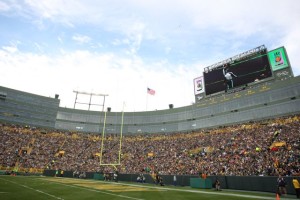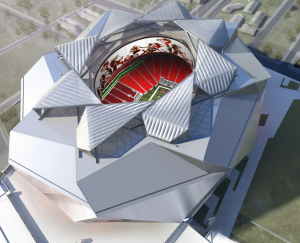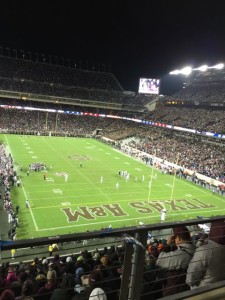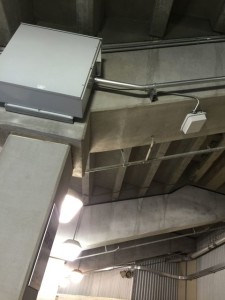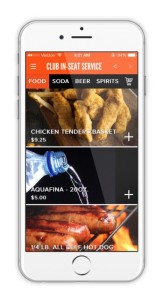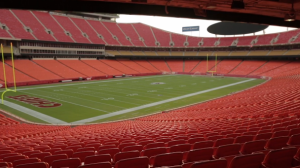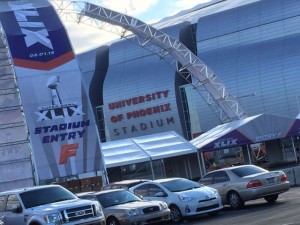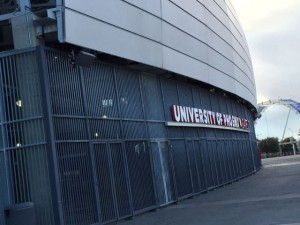Editor’s note: The following team-by-team capsule reports of NFL stadium technology deployments are an excerpt from our most recent Stadium Tech Report, THE PRO FOOTBALL ISSUE. To get all the capsules in one place as well as our featured reports, interviews and analysis, download your free copy of the full report today.
NFC EAST
Reporting by Paul Kapustka
Dallas CowboysAT&T Stadium
Seating Capacity: 105,121
Wi-Fi – Yes
DAS – Yes
AT&T Stadium continues to push the envelope when it comes to wireless connectivity, perhaps no surprise given the sponsor name on the building. For 2015 the venue will have up to 2,000 Wi-Fi APs at any given time (1,900 fixed and 100 flexible for deployment where needed), making it by far the stadium with the most access points.
New York Giants
MetLife Stadium
Seating Capacity: 82,500
Wi-Fi – Yes
DAS – Yes
Like with the Jets, the Giants and their fans are still benefitting from the technology installed for the Super Bowl two years ago, with superb Wi-Fi and DAS coverage throughout the facility.
Philadelphia Eagles
Lincoln Financial Field
Seating Capacity: 69,176
Wi-Fi – Yes
DAS – Yes
One of the early Extreme deployments, the “Linc” will continue to be well-connected with Wi-Fi available to all seating areas.
Washington Redskins
FedExField
Seating Capacity: 79,000
Wi-Fi – Yes
DAS – Yes
After briefly considering Chinese firm Huawei for Wi-Fi last season, the Redskins pulled a reverse and instead went for a deployment led by Cisco and Verizon, now apparently with United Airlines as a service sponsor.

